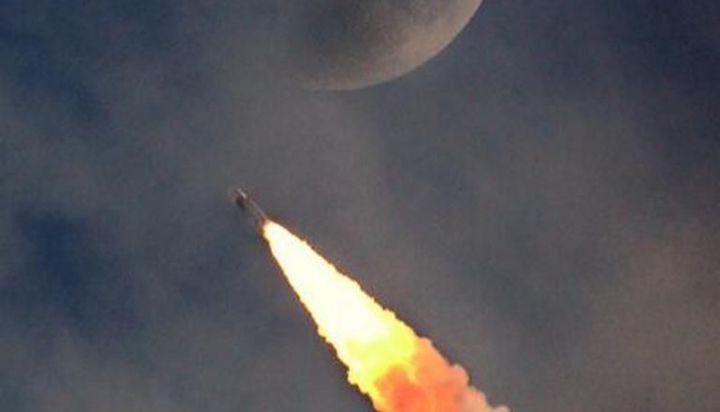6.04.2022
Europe-Japan Sign MoU To Provide Rover Instrument For 2024 ISRO-JAXA Lunar Mission
The European Space Agency signed an MoU with JAXA to provide instruments for the Japanese rover to be used in its joint Moon mission with ISRO.
1197 Views
6.04.2022

The European Space Agency (ESA) has signed a Memorandum of Understanding (MoU) with the Japan Aerospace Exploration Agency (JAXA) regarding the latter’s joint lunar mission with India. Under the deal, ESA would provide instruments for the Japanese rover, which would be used in the exploration of the Moon's south pole under the mission targeted for 2024. In a tweet by ESA's Director-General Josef Aschbacher on April 5, he revealed that the two agencies also agreed on cooperation over cross support in the areas of data acquisition, space navigation, and mission operations. "We have a wonderful history with (JAXA) and it’s always a pleasure for us to work with them", Aschbacher wrote in his tweet.
The lunar endeavour between the Indian Space Research Organisation (ISRO) and JAXA is called the Lunar Polar Exploration Mission (LUPEX) which aims to launch an Indian lander and a Japanese rover to the Moon. This would be India's fourth attempt to reach the Moon as the Chandrayaan-3 mission is scheduled to take off in August this year.
So far, India has launched two missions to the Moon, the first being Chandrayaan-1 which took off on October 22, 2008, aboard a PSLV C-11 rocket. India's first Moon mission lasted for one year and the mission probe performed high-resolution remote sensing of the moon in visible, near infrared (NIR), low energy X-rays and high-energy X-ray regions. ISRO's second mission to the Moon was Chandrayaan-2 which lifted off on July 22, 2019, and was a massive leap in planetary exploration for India. The mission featured an orbiter, a Vikram lander and a Pragyan rover. The mission, however, was partly successful as the orbiter was installed in the lunar orbit but the lander, with the rover inside, crashed onto the Moon's surface.
Since the mission was meant to last for seven years, the orbiter is still operational and has completed about 10,000 orbits around the Moon. It is worth noting, that the Chandrayaan-3 mission would be launched only with a lander and a rover as ISRO aims to use the orbiter from the previous mission.
Quelle: REPUBLICWORLD